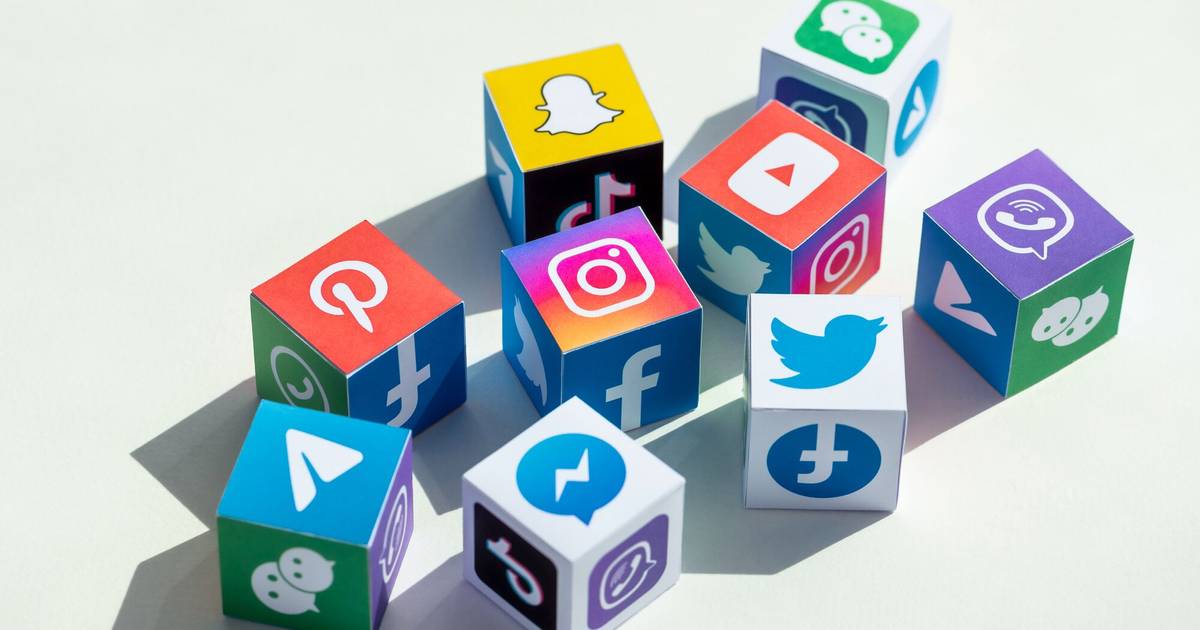The end of social media (as we know it)
Why the sudden pervasive digitalisation of communication will make us rediscover the importance of deep interaction, both in business and at home

Key take-aways
- Social media or webinars may be effective to spread the news, but may no longer guarantee standing out from the crowd, or truly connecting with your audience.
- During times of crisis, more than ever, find and develop alternative ways to engage into deeper and more insightful dialogues with your stakeholders.
- Develop routines for one-to-one or one-to-fewer interaction with your customers and employees. Check-in with them selectively, but well prepared. Send a card or pick up the phone.
As the world starts to slowly recover from a lockdown of unprecedented nature, time is ripe to gear our minds towards ingredients for recovery. In so doing, this is a good opportunity to not only reflect on what we have learned and what will stay beyond the crisis, but also the opposite—what have we unlearned, and what will disappear. The reasoning may seem evident: forget airline traveling, embrace online collaboration.
Yes, creative destruction is brutal, as it creates new winners and losers within a very limited amount of time. Since the beginning of the lockdown, the share price of Zoom Communications has doubled, making it worth more than the world’s top seven airlines combined. But let’s not jump to conclusions quite yet.
A new digital literacy
If they weren’t already, our lives have become digitalized at an overwhelming speed, and with barely much time to prepare. Not only have business meetings, school classes, or doctor’s appointments accelerated within an already ongoing trajectory of moving into online solutions, but so have yoga classes, BBQ evenings, or piano lessons. What has been sort of possible in theory for at least a decade, has now penetrated society into its most hidden corners. For some this may have seemed like an overdue transition, while others had to take a leap in learning to deal with the new normal. But the unanimous, instant reaction has been generally positive: surprised how well it works!
Nevertheless, while we have cultivated the new digital literacy across sectors of the economy and society, we have also developed new, potentially more demanding needs for satisfying digital connectivity. While it became evident early on that companies in the digital space will benefit from the ongoing crisis, what exactly we’re using their products for may be different. As Facebook has been reporting a record number of users accessing its products during the quarantine lockdown, more granular metrics show that among these, voice and video calling had doubled, and the amount of time on group video calling had surged by 1000%.
More than digital backlash
The reasons behind this may seem evident. Whilst being locked into our homes, the need for making in-depth connections, either through video conversations, or instant messaging within closed circles may well outweigh the desire for a more mundane type of keeping in touch, such as posting updates on your social media wall. Yet at the same time, being hooked in front of the PC for long hours, we tend to be turning away from our most-loved device—the phone, as the usage of apps has somewhat stagnated. After a long day fully scheduled with meetings over Teams, Zoom or Skype, we might not simply have the same interest to fumble around with our smartphone during evening hours, as we used to.
There are some signs of backlash against all-digital days in the air. Parents may have noticed their kids exhibiting a new curiosity for nature and outdoor activity. This may also be a good time rediscover the pleasure of writing a letter or reading a real book. As first studies are suggesting, Zoom burnouts have become real, and businesses are looking for novel ways to achieve digital detox.
Rediscovering connection and depth
Yet, we may not necessarily experience a fatigue from the digital medium per se, but oftentimes also simply from the type of content we are used to consume with it. We seem to be on a transition of silently moving away from a one-to-many based social media, broadcasting easy-to-consume content, that is of mere informative intent and accessible to a large audience. Instead, we are embracing one-to-one or one-to-fewer interaction: direct connection, longer periods of engagement, deeper levels of insight. Not only do business school students seem to appreciate having frequent team check-ins and coaching moments online aside the formal curriculum. I am hearing even more outspoken experiences from children in primary or secondary school, mentioning the highlight of the week being that 30-minute private online conversation with their teacher, which they’ve normally never had before.
Hence, the challenge is not online versus offline. The question is what to do with it. An increasing demand for deeper intellectual insight has shown a surge in local newspaper subscriptions during the lockdown—and notably purely online, whilst print taking a battering. While it may probably be stretching it too far in implying a parallel with children increasingly enjoying grandma reading bedtime stories over Zoom, we might be at the verge of rediscovering connection and depth among the information overload; something that cuts through the clutter, and makes us stop.
There is a new opportunity for leaders in engaging with their stakeholders more selectively and with more engagement. Instead of overflooding your audience with social media updates or webinar invitations, try something different. Be it your customers or employees, make them want to hear from you, rather than to detox from you (our putting you on mute). More than ever, it is about quality, not quantity.
Get in touch!
Fredrik Hacklin
Director for the International Business Department and Member of the Executive Committee
